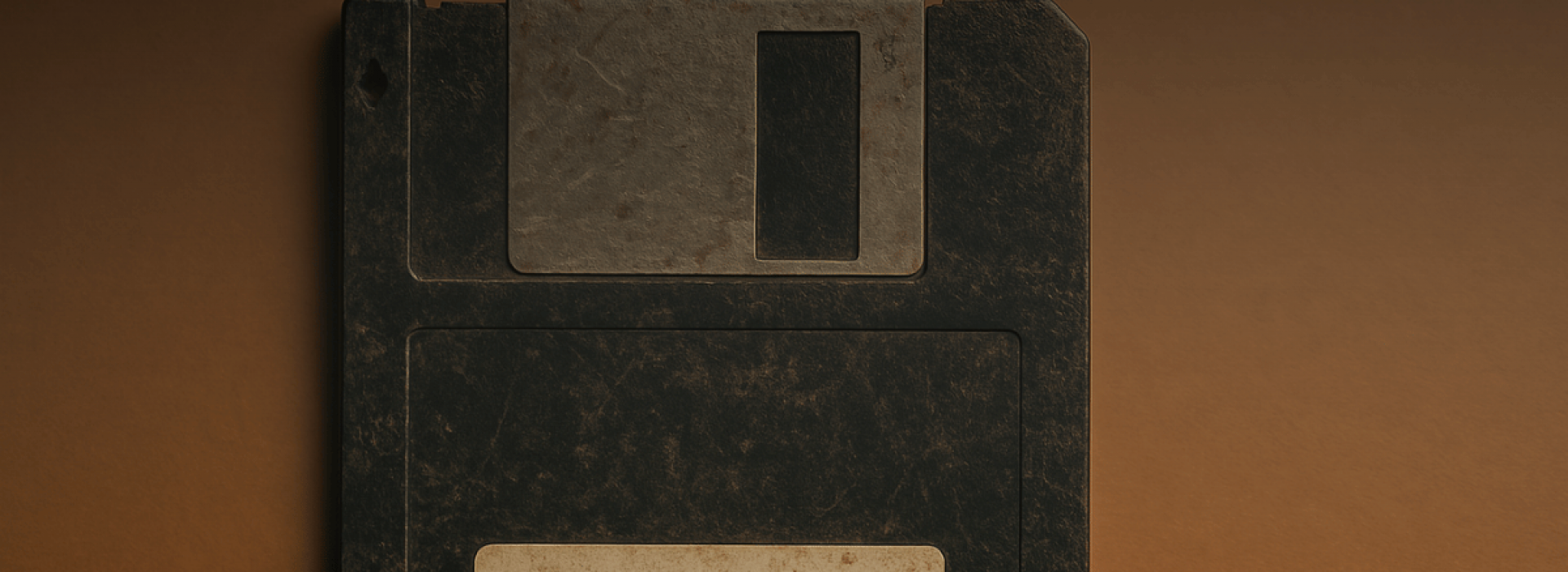In a world where counterfeit products pose an ever-growing threat to consumers and industries alike, the need for robust anti-counterfeit solutions has never been more critical. Yet, many companies still rely on traditional methods such as holograms, hidden marks, QR codes, and tamper-evident seals. While these solutions were once effective deterrents, they are no longer sufficient in the face of increasingly sophisticated counterfeiting techniques. Here, we explore the vulnerabilities of these outdated methods and why it’s time to adopt more advanced solutions to safeguard products and consumers.
The Vulnerabilities of Traditional Anti-Counterfeit Solutions
- Holograms: A False Sense of Security Holograms have been a popular anti-counterfeit measure for decades. Their visual appeal and perceived complexity made them a reliable solution in the past. However, advances in technology have rendered them highly replicable. Modern counterfeiters can produce near-identical holograms using inexpensive equipment, making it difficult for consumers and even experts to distinguish genuine products from fakes.
A 2022 report from the International Chamber of Commerce’s Business Action to Stop Counterfeiting and Piracy (BASCAP) highlighted that holograms are among the top counterfeited security features globally. Counterfeiters often exploit the false sense of security holograms provide, convincing buyers that a product is legitimate when it is not. Typically there is only small amount of people who can tell if hologram is real or not. For consumers it will be impossible to detect.
- QR Codes: Convenient but Easily Exploited QR codes have become a common feature on product packaging, allowing consumers to verify authenticity through a quick scan. While they offer convenience, they are also easily duplicated. Counterfeiters can copy QR codes and redirect them to fake websites or even legitimate-looking verification portals, deceiving consumers into believing a counterfeit product is genuine.
In 2023, Europol’s Intellectual Property Crime Threat Assessment revealed that counterfeiters are increasingly leveraging QR code spoofing techniques, often targeting industries like pharmaceuticals and electronics where consumer trust is paramount. This underscores the growing inadequacy of QR codes as a standalone anti-counterfeit measure.
- Tamper-Evident Seals: Limited Effectiveness Tamper-evident seals are designed to indicate whether a product has been opened or altered. While they serve as a visual deterrent, they can be bypassed with minimal effort. Counterfeiters often replicate seals or use advanced packaging methods to reseal products, making tampering undetectable.
The World Health Organization (WHO) reported in 2021 that tamper-evident seals on pharmaceutical products are frequently counterfeited, contributing to the estimated $200 billion global counterfeit drug market. This demonstrates the limited reliability of such seals in preventing counterfeiting.
Why Traditional Methods Are No Longer Enough
Modern counterfeiting operations are sophisticated, leveraging advanced technologies like 3D printing, AI, and spoofing to create convincing replicas of genuine products. Traditional methods such as holograms and QR codes lack the dynamic adaptability needed to combat these evolving threats. They are static solutions in a dynamic battlefield, offering little resistance against counterfeiters who constantly innovate.
To stay ahead of counterfeiters, companies must adopt cutting-edge technologies that provide robust and adaptive protection. Here are some examples of next-generation anti-counterfeit solutions:
Instant Detection Technologies – Solutions like TrueMed’s instant detection system use advanced algorithms and machine learning to analyze product packaging and detect counterfeit patterns in real-time. These systems are not only more accurate but also scalable, enabling global deployment within days. Without adding anything into the product during the manufacturing process.
Don’t let outdated methods jeopardize your brand’s integrity. Embrace the next generation of anti-counterfeit solutions and stay one step ahead of the counterfeiters.
Sources:
- International Chamber of Commerce, BASCAP, 2022
- Europol, Intellectual Property Crime Threat Assessment, 2023
- World Health Organization, Counterfeit Pharmaceuticals Report, 2021


